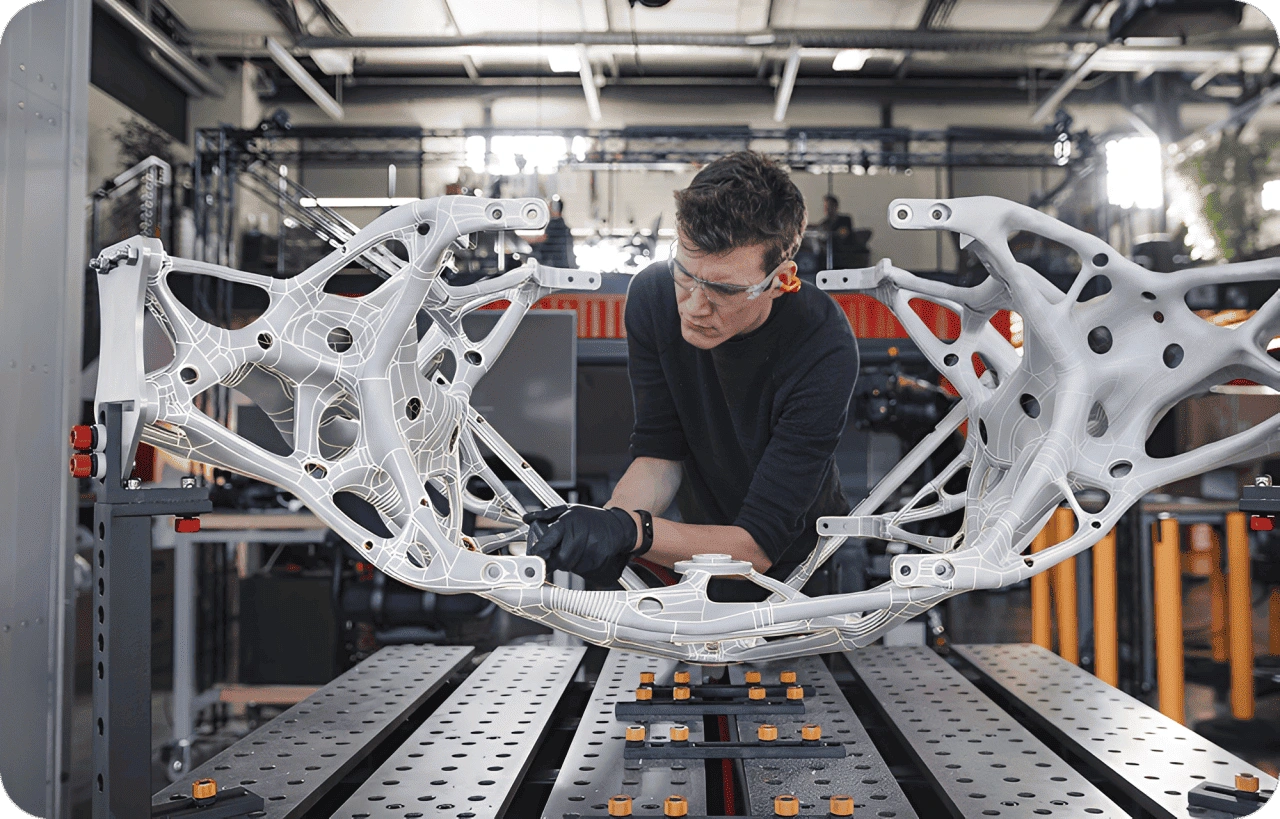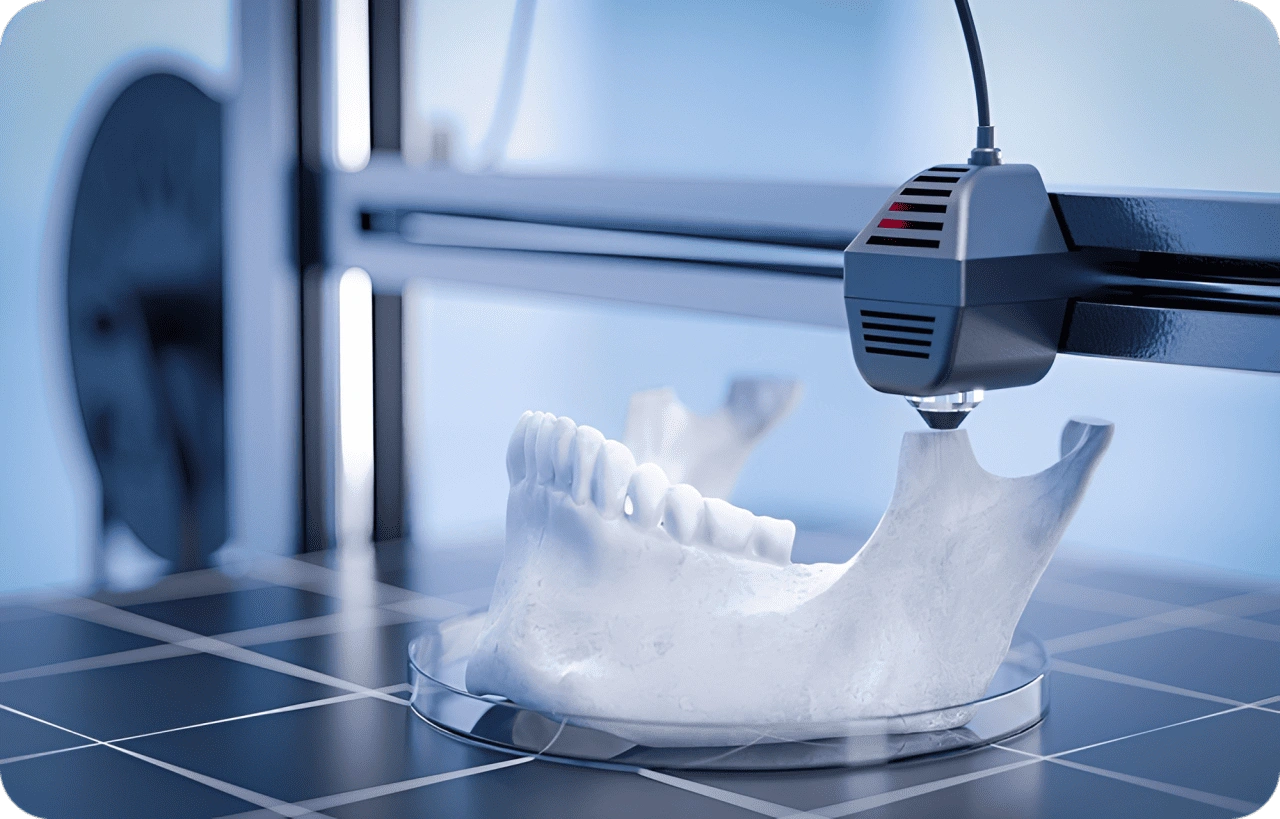Aerospace demands parts that are lightweight yet extremely strong. Direct Metal Laser Sintering (DMLS) enables engineers to produce components.
In the aerospace sector, one of the greatest challenges faced by engineers and manufacturers is the constant demand for components that are both exceptionally lightweight and incredibly strong. Every gram of weight saved can have a direct impact on fuel efficiency, payload capacity, and overall performance of an aircraft, spacecraft, or satellite. However, reducing weight without compromising the structural integrity and safety of a part has traditionally been a difficult balance to achieve through conventional manufacturing techniques such as casting, forging, or machining. This is where Direct Metal Laser Sintering (DMLS), an advanced additive manufacturing process, has emerged as a game-changing solution.
DMLS works by using a high-powered laser to fuse fine layers of powdered metal into solid structures, building components directly from a digital 3D design. Unlike subtractive methods, which involve cutting away from a block of material, DMLS enables the creation of highly complex, lightweight geometries that were previously impossible or extremely costly to produce. Engineers can now integrate lattice structures, internal channels, and other advanced design features that reduce mass while still ensuring superior strength, durability, and heat resistance. This capability is particularly critical in aerospace, where components must withstand extreme mechanical stress, rapid temperature changes, and long operational lifespans.
Beyond weight reduction, DMLS also shortens development timelines by eliminating the need for specialized tooling and enabling rapid prototyping of functional metal parts. This not only accelerates innovation but also allows aerospace companies to test, iterate, and refine designs much faster than with conventional processes. Moreover, because DMLS builds parts layer by layer, it reduces material waste significantly, contributing to cost savings and more sustainable production methods—an increasingly important factor in modern aerospace engineering.
Ultimately, DMLS empowers aerospace engineers to push the boundaries of what is possible in part design and manufacturing. By combining the critical requirements of lightweight construction and extreme strength, this technology helps create components that enhance fuel efficiency, improve overall performance, and support the next generation of safer, more efficient, and more advanced aircraft and spacecraft.



